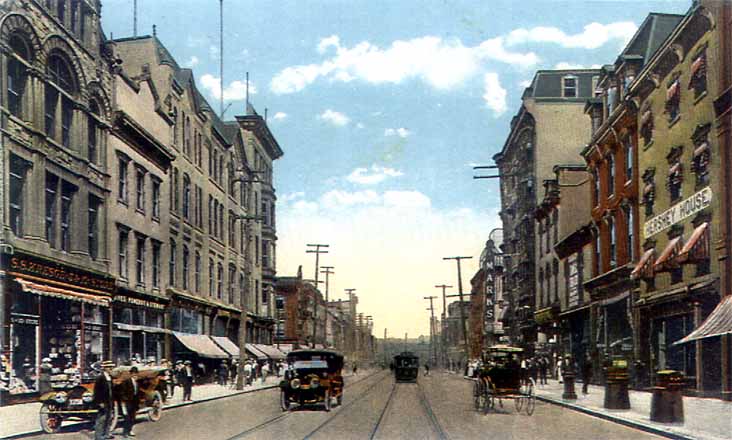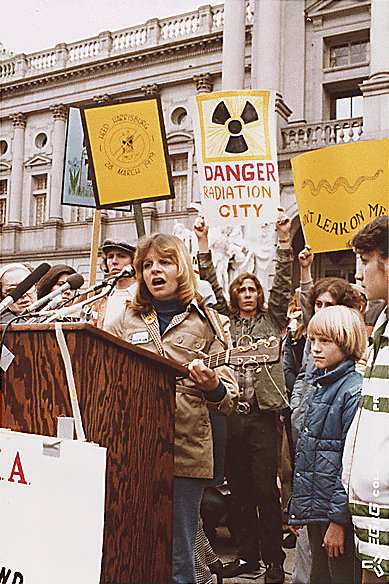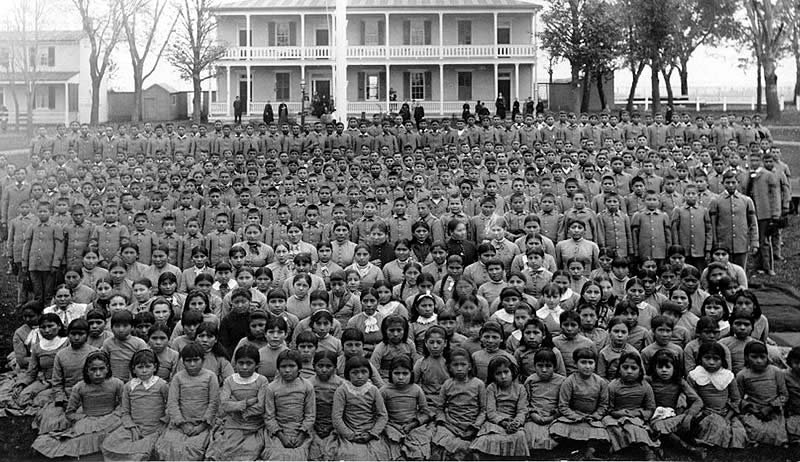|
South Mountain Railroad (Cumberland)
The South Mountain Railroad was a southcentral Pennsylvania railway line for "connecting the Pine Grove works to the Cumberland Valley R. R." (Keefer also authore''Early Iron Industries of Dauphin County'')/ref> and which provided mining and passenger services via a southwest section from Hunter's Run, Pennsylvania, and a northern section from Hunter's Run to the CVRR junction northeast of Carlisle. The northern section merged with the Gettysburg & Harrisburg ''Railroad'' line south from Hunter's Run to the Gettysburg Battlefield in 1891 to create the Gettysburg & Harrisburg ''Railway'' line, while the branch southwest from Hunter's Run became the Hunter's Run and Slate Belt Railroad line. Modernized sections of the South Mountain Railroad remain north of Hunter's Run; while parts of the railbed are available for hiking and biking such as near Carlisle ( Letort Spring Run Nature Trail) and the Pine Grove Furnace State Park ( Cumberland County Biker/Hiker Trail with section of ... [...More Info...] [...Related Items...] OR: [Wikipedia] [Google] [Baidu] |
Harrisburg, Pennsylvania
Harrisburg is the capital city of the Commonwealth of Pennsylvania, United States, and the county seat of Dauphin County. With a population of 50,135 as of the 2021 census, Harrisburg is the 9th largest city and 15th largest municipality in Pennsylvania. Harrisburg is situated on the east bank of the Susquehanna River. It is the larger principal city of the Harrisburg–Carlisle metropolitan statistical area, also known as the Susquehanna Valley, which had a population of 591,712 as of 2020, making it the fourth most populous metropolitan area in Pennsylvania after the Philadelphia, Pittsburgh, and Lehigh Valley metropolitan areas. Harrisburg played a role in American history during the Westward Migration, the American Civil War, and the Industrial Revolution. During part of the 19th century, the building of the Pennsylvania Canal and later the Pennsylvania Railroad allowed Harrisburg to develop into one of the most industrialized cities in the Northeastern United States. ... [...More Info...] [...Related Items...] OR: [Wikipedia] [Google] [Baidu] |
Pine Grove Furnace State Park
Pine Grove Furnace State Park is a protected Pennsylvania area that includes Laurel and Fuller Lakes in Cooke Township of Cumberland County. The Park accommodates various outdoor recreation activities, protects the remains of the Pine Grove Iron Works (1764), and was the site of Laurel Forge (1830), Pine Grove Park (1880s), and a brick plant (1892). The Park is from exit 37 of Interstate 81 on Pennsylvania Route 233. Pine Grove Furnace State Park was chosen by the Pennsylvania Department of Conservation and Natural Resources (DCNR) and its Bureau of State Parks as one of "25 Must-See Pennsylvania State Parks". Pine Grove Furnace State Park is home to the Appalachian Trail Museum. History The state park's historic place on the national register is the Pine Grove Iron Works of about with structures associated with the 1764 Pine Grove Furnace, which ended production in 1895. The 1870 South Mountain RR and the subsequent 1891 Hunter's Run and Slate Belt Railroad provide ... [...More Info...] [...Related Items...] OR: [Wikipedia] [Google] [Baidu] |
History Of Cumberland County, Pennsylvania
History (derived ) is the systematic study and the documentation of the human activity. The time period of event before the invention of writing systems is considered prehistory. "History" is an umbrella term comprising past events as well as the memory, discovery, collection, organization, presentation, and interpretation of these events. Historians seek knowledge of the past using historical sources such as written documents, oral accounts, art and material artifacts, and ecological markers. History is not complete and still has debatable mysteries. History is also an academic discipline which uses narrative to describe, examine, question, and analyze past events, and investigate their patterns of cause and effect. Historians often debate which narrative best explains an event, as well as the significance of different causes and effects. Historians also debate the nature of history as an end in itself, as well as its usefulness to give perspective on the problems of the p ... [...More Info...] [...Related Items...] OR: [Wikipedia] [Google] [Baidu] |
Defunct Pennsylvania Railroads
{{Disambiguation ...
Defunct (no longer in use or active) may refer to: * ''Defunct'' (video game), 2014 * Zombie process or defunct process, in Unix-like operating systems See also * * :Former entities * End-of-life product * Obsolescence Obsolescence is the state of being which occurs when an object, service, or practice is no longer maintained or required even though it may still be in good working order. It usually happens when something that is more efficient or less risky r ... [...More Info...] [...Related Items...] OR: [Wikipedia] [Google] [Baidu] |
Reading Company
The Reading Company ( ) was a Philadelphia-headquartered railroad that provided passenger and commercial rail transport in eastern Pennsylvania and neighboring states that operated from 1924 until its 1976 acquisition by Conrail. Commonly called the Reading Railroad, and logotyped as Reading Lines, the Reading Company was a railroad holding company for the majority of its existence and was a single railroad during its later years. It operated service as Reading Railway System and was a successor to the Philadelphia and Reading Railway Company, founded in 1833. Until the decline in anthracite loadings in the Coal Region after World War II, it was one of the most prosperous corporations in the United States. Competition with the modern trucking industry that used the interstate highway system for short-distance transportation of goods, also known as short hauls, compounded the company's problems, forcing it into bankruptcy in 1971. Its railroad operations were merged into Conrail i ... [...More Info...] [...Related Items...] OR: [Wikipedia] [Google] [Baidu] |
Mount Holly Springs, Pennsylvania
Mount Holly Springs is a borough in Cumberland County, Pennsylvania. The borough is lcoated 25 miles north of Gettysburg. The population was 2,030 at the 2010 census. It is part of the Harrisburg–Carlisle metropolitan statistical area. Geography Mount Holly Springs is located in south-central Cumberland County at (40.116063, -77.186751), at the northern foot of the South Mountain range. Mountain Creek runs through the center of the borough, exiting the mountains via a water gap between Mount Holly to the west and Keller Hill to the east. Mountain Creek is a tributary of Yellow Breeches Creek, which flows east to the Susquehanna River. The borough limits extend south through the water gap to the Upper Mill area. According to the U.S. Census Bureau, the borough has a total area of , of which is land and , or 6.45%, is water. The borough is surrounded by South Middleton Township but is a separate municipality. History The Pennsylvania Guide, compiled by the Writers' Program ... [...More Info...] [...Related Items...] OR: [Wikipedia] [Google] [Baidu] |
Harrisburg
Harrisburg is the capital city of the Pennsylvania, Commonwealth of Pennsylvania, United States, and the county seat of Dauphin County, Pennsylvania, Dauphin County. With a population of 50,135 as of the 2021 census, Harrisburg is the List of cities and boroughs in Pennsylvania by population, 9th largest city and 15th largest municipality in Pennsylvania. Harrisburg is situated on the east bank of the Susquehanna River. It is the larger principal city of the Harrisburg–Carlisle metropolitan statistical area, also known as the Susquehanna Valley, which had a population of 591,712 as of 2020, making it the Pennsylvania metropolitan areas, fourth most populous metropolitan area in Pennsylvania after the Delaware Valley, Philadelphia, Greater Pittsburgh, Pittsburgh, and Lehigh Valley metropolitan areas. Harrisburg played a role in American history during the American frontier, Westward Migration, the American Civil War, and the Industrial Revolution. During part of the 19th cen ... [...More Info...] [...Related Items...] OR: [Wikipedia] [Google] [Baidu] |
Carlisle Indian Industrial School
The United States Indian Industrial School in Carlisle, Pennsylvania, generally known as Carlisle Indian Industrial School, was the flagship Indian boarding school in the United States from 1879 through 1918. It took over the historic Carlisle Barracks, which was transferred to the Department of Interior from the War Department. After the United States entry into World War I, the school was closed and this property was transferred back to the Department of Defense. All the property is now part of the U.S. Army War College. Founded in 1879 under U.S. governmental authority by Lieutenant Richard Henry Pratt, Carlisle was the early federally funded off-reservation Indian boarding school initiated by the U.S. government. This was similar to the Choctaw Academy in Scott County, Kentucky, which was the first boarding school, but was initiated by Choctaw leaders and then funded by the U.S. government through the 1819 Civilization Act. In his own words, Pratt's motto was, "Kill the Ind ... [...More Info...] [...Related Items...] OR: [Wikipedia] [Google] [Baidu] |
Carlisle Barracks
Carlisle Barracks is a United States Army facility located in Carlisle, Pennsylvania. The site of the U.S. Army War College, it is the nation's second-oldest active military base. The first structures were built in 1757, during the French and Indian War between Great Britain and France in the colonies. From 1879 to 1918, the property was transferred to the Department of Interior to operate the Carlisle Indian Industrial School. This was the first off-reservation boarding school established to educate and assimilate Native American children into European-American culture. In 1891 Congress passed legislation to expand this program. After the United States entered World War I, the school was closed and the property was transferred back to the War Department. 1756—1860 Developed at the intersection of Indian trails along Letort Creek, in the eighteenth century the town of Carlisle became the jumping-off point for traders and settlers heading over the Alleghenies on their way west ... [...More Info...] [...Related Items...] OR: [Wikipedia] [Google] [Baidu] |
1872 And 1899 Pine Grove Iron Works
Year 187 ( CLXXXVII) was a common year starting on Sunday (link will display the full calendar) of the Julian calendar. At the time, it was known as the Year of the Consulship of Quintius and Aelianus (or, less frequently, year 940 ''Ab urbe condita''). The denomination 187 for this year has been used since the early medieval period, when the Anno Domini calendar era became the prevalent method in Europe for naming years. Events By place Roman Empire * Septimius Severus marries Julia Domna (age 17), a Syrian princess, at Lugdunum (modern-day Lyon). She is the youngest daughter of high-priest Julius Bassianus – a descendant of the Royal House of Emesa. Her elder sister is Julia Maesa. * Clodius Albinus defeats the Chatti, a highly organized German tribe that controlled the area that includes the Black Forest. By topic Religion * Olympianus succeeds Pertinax as bishop of Byzantium (until 198). Births * Cao Pi, Chinese emperor of the Cao Wei sta ... [...More Info...] [...Related Items...] OR: [Wikipedia] [Google] [Baidu] |
1885 Gettysburg And Harrisburg Railroad
Events January–March * January 3– 4 – Sino-French War – Battle of Núi Bop: French troops under General Oscar de Négrier defeat a numerically superior Qing Chinese force, in northern Vietnam. * January 4 – The first successful appendectomy is performed by Dr. William W. Grant, on Mary Gartside. * January 17 – Mahdist War in Sudan – Battle of Abu Klea: British troops defeat Mahdist forces. * January 20 – American inventor LaMarcus Adna Thompson patents a roller coaster. * January 24 – Irish rebels damage Westminster Hall and the Tower of London with dynamite. * January 26 – Mahdist War in Sudan: Troops loyal to Mahdi Muhammad Ahmad conquer Khartoum; British commander Charles George Gordon is killed. * February 5 – King Leopold II of Belgium establishes the Congo Free State, as a personal possession. * February 9 – The first Japanese arrive in Hawaii. * February 16 – Charles Dow ... [...More Info...] [...Related Items...] OR: [Wikipedia] [Google] [Baidu] |



.jpg)




